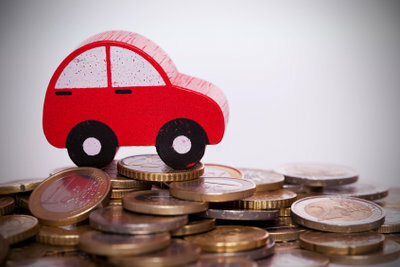This is how you correctly list employer fares in your tax return
Often long journeys to the workplace or Business trips are a matter of course for many employees these days. You are all the more pleased when you get the fare paid by your employer. But when you prepare your own tax return at the latest, you ask yourself where the fare received from the employer should be entered in the tax return.

What you need:
- Your annual income tax certificate
- supporting documents
- Expenses for work-related trips generally represent advertising expenses according to Section 9 of the Income Tax Act. However, you have to choose between the flat-rate distance allowance (travel home - work place) and ride costs as travel expenses.
- The expenses for travel home - workplace are listed in Appendix N of the tax return, 2. Page, lines 32 to 40 entered. The vehicle used must be entered in line 31. Lines 32 to 35 contain the employer's address, the working days per week and the vacation or vacation days taken. supplement the sick days. The working days and the one-way distance between home and place of work must then be entered in lines 36 to 39. If there is not enough space, you can also list other workplaces on a supplementary sheet. The guideline is that a normal employee should have approx. Has 230 working days for a 5-day week a year. A teacher, on the other hand, only has approx. 180 working days a year.
- The fare from the employer that you can find on your annual income tax certificate (No. 17 or No. 18) or travel allowances from the employment office are in line 40, code 73 or 50 to be entered.
Examples of fare calculation
- Example distance flat rate: Employees 225 working days, one-way distance from home to work place 51 kilometers, tax-free reimbursement of 500 euros from the employer; Solution: Flat rate for distance 225 days x 51 km x 0.30 euros = 3,443 euros; minus EUR 500.00 fare from the client = EUR 2,943.00; As a result, EUR 2,943.00 can be claimed as income-related expenses in the tax return.
- Travel expenses for work-related trips are to be entered in line 50, code number 83. If the private car is used for this purpose, 0.30 euros per kilometer driven can be set as income-related expenses for the sake of simplicity. The reimbursement of travel expenses by the employer must then be added to line 51, code 84.
- Example: Employees, business trip from Munich to Deggendorf, driven 400 kilometers in their own car, reimbursement from the employer 50.00 euros; Solution: costs Business trip 400 kilometers x 0.30 euros = 120.00 euros; Less reimbursement AG of 50.00 euros = 70.00 euros advertising costs
Flat rate advertising costs - this is how you correctly declare your expenses in your tax return
The preparation of the tax return is a necessary evil that every year on the ...
How helpful do you find this article?

